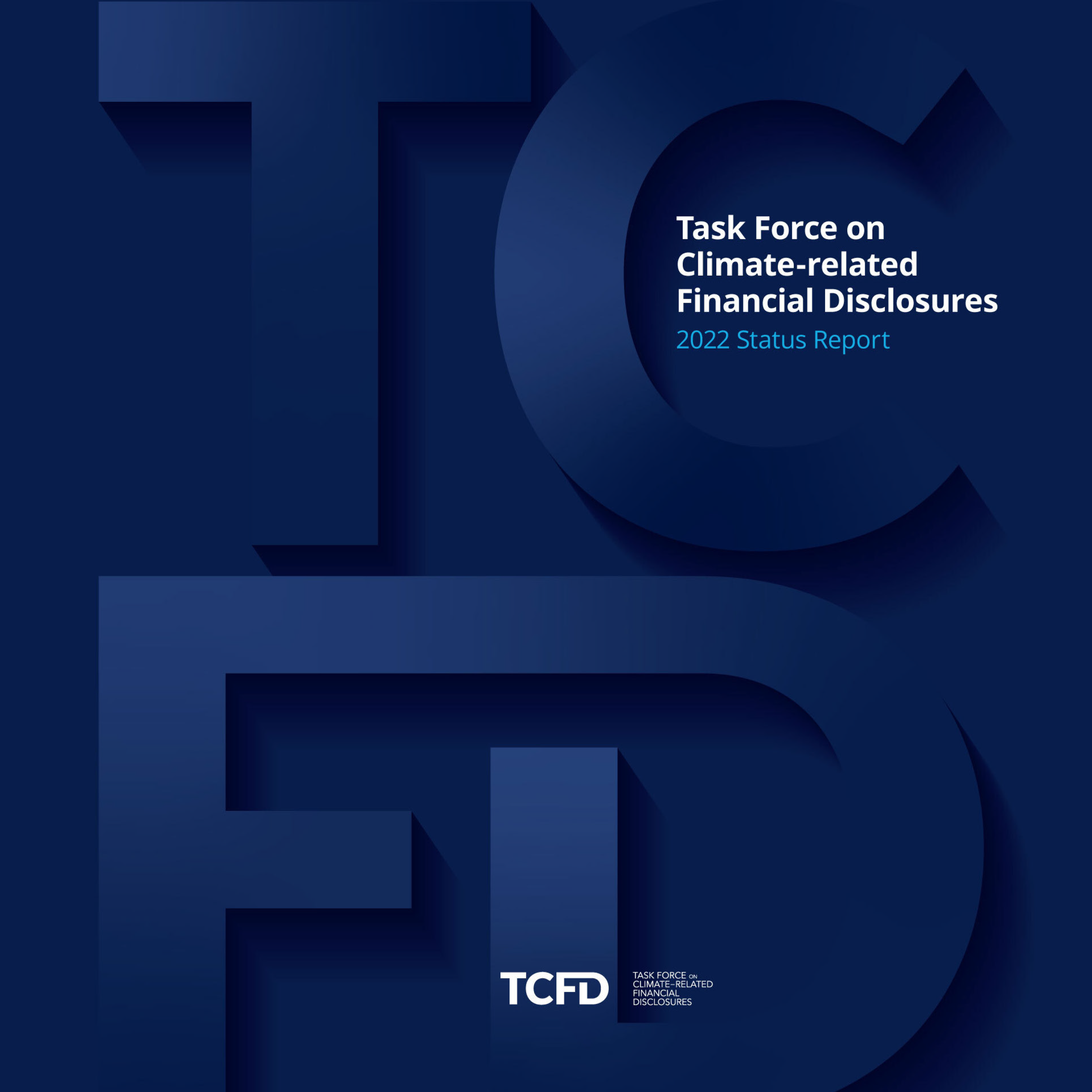A Step-by-Step Guide to SB 253 GHG Reporting
/California’s Climate Corporate Data Accountability Act (SB 253) continues to evolve, and CARB’s latest proposed updates, shared during its November 18 workshop, provide clearer guidance on who must report, what data must be included, and how companies should prepare for upcoming deadlines. The detailed, easy-to-follow roadmap at the end of this article incorporates CARB’s most recent proposed changes to help companies understand their obligations, develop an actionable plan for compliance, and meet the new proposed deadline of August 10, 2026, for the first SB 253 reports.
Read More

























